Blue Pansy, Black Pansy Junonia oenone oenone (Blou-gesiggie)
Family: Nymphalidae. Subfamily: Nymphalinae. Tribe: Junoniini.
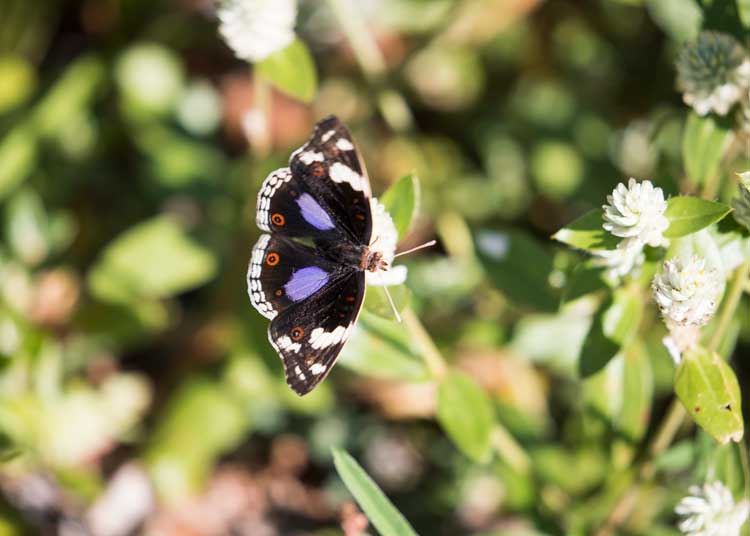
© Pumbaa
Male, Kruger National Park
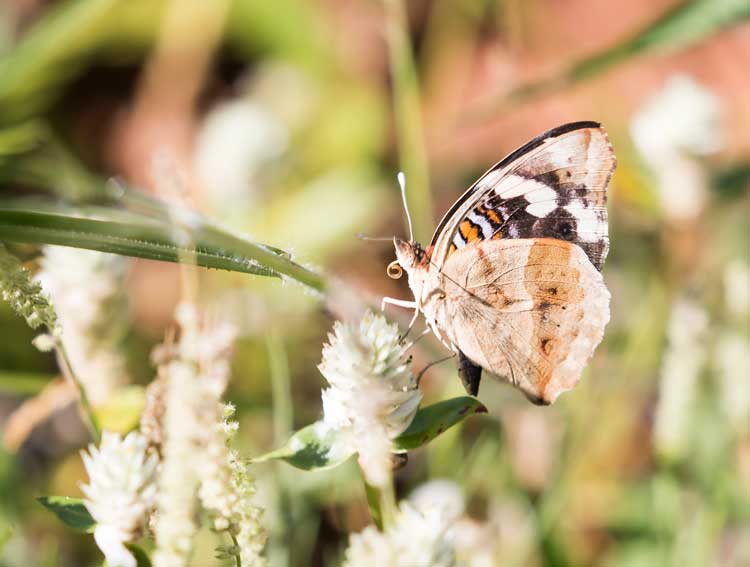
© Pumbaa
Female, Kruger National Park
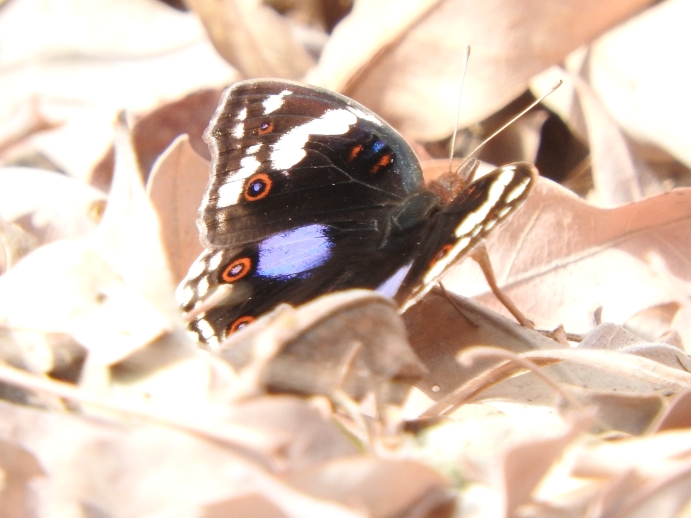
© GlosterBirder
Tydon Safari Camp, Sabi Sands, South Africa
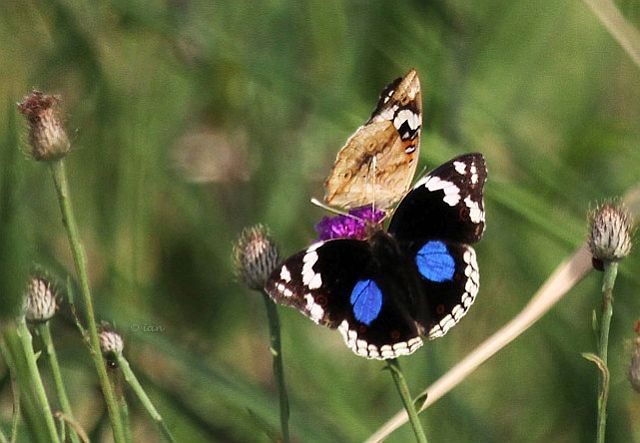
© leachy
Male & Female, Kruger National Park
Description
Wingspan: ♂ 40–50 mm ♀ 48–52 mm. Male and female similar.
It is overall black in colour, with a large iridescent blue spot in the middle of the front half of each hindwing. There is a broken white band across each forewing and a treble white band along the outer edge of each hindwing, and two blue-centred orange-red spots on each wing.
The underside of the wings of the blue pansy are cryptically coloured in shades of brown and are camouflaged into the background.
Distribution
Found all over Africa. In South Africa in a widespread species of grassland and bushveld. Eastern Cape to KwaZulu-Natal, Swaziland, Mpumalanga, Limpopo and North West Provinces, Gauteng, Free State and Northern Cape.
Habitat
Common, but not as widespread as the Yellow Pansy. Herbaceous borders always attract this butterfly. Mainly found in savannah woodland habitats, but this widespread species is also found in rainforests, grasslands, urban environments and even irrigated vegetation in subdesert habitats.
Biology
Flight period: Year-round in warmer areas, peaks Oct and Nov, and Feb to May.
Males are extremely territorial and are often seen chasing other butterflies.
Both sexes are extremely fond of nectaring at the flowers of herbaceous plants. Males perch on the ground or among tall grasses, to await passing females, which lead them to a convenient spot nearby where copulation takes place.
Foodplants:
Mackaya bella,
Justicia natalensis, and Asystasia (
Asystasia gangetica), Isoglossa and Ruella species.

© Super Mongoose
Vaalkop Dam Nature Reserve, North West Province
Links:
http://www.metamorphosis.org.za/article ... uebner.pdf
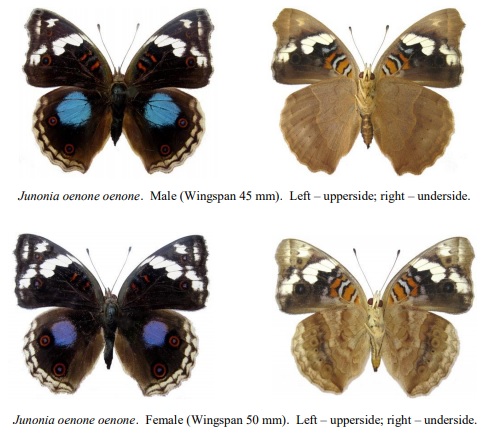
- Junonia oenone oenone.jpg (73.03 KiB) Viewed 2220 times
 © BluTuna
© BluTuna


 © Pumbaa
© Pumbaa © Pumbaa
© Pumbaa © leachy
© leachy © Super Mongoose
© Super Mongoose © Flutterby
© Flutterby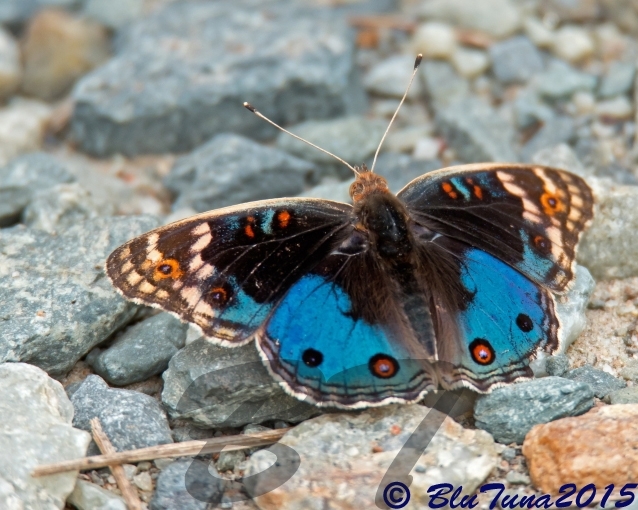 © BluTuna
© BluTuna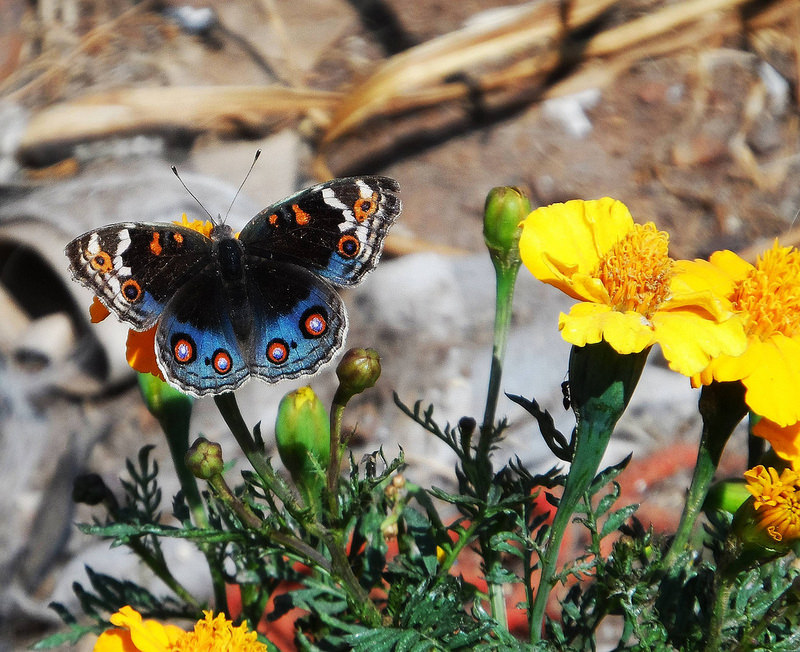 [/url] © Moggiedog
[/url] © Moggiedog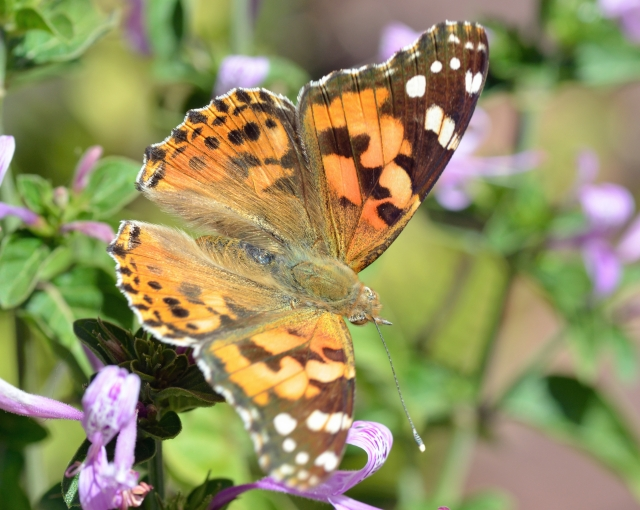 © BluTuna
© BluTuna © BluTuna
© BluTuna © Tina
© Tina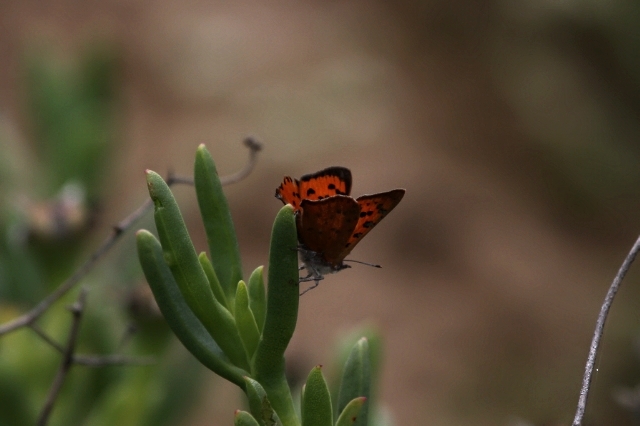 © Tina
© Tina
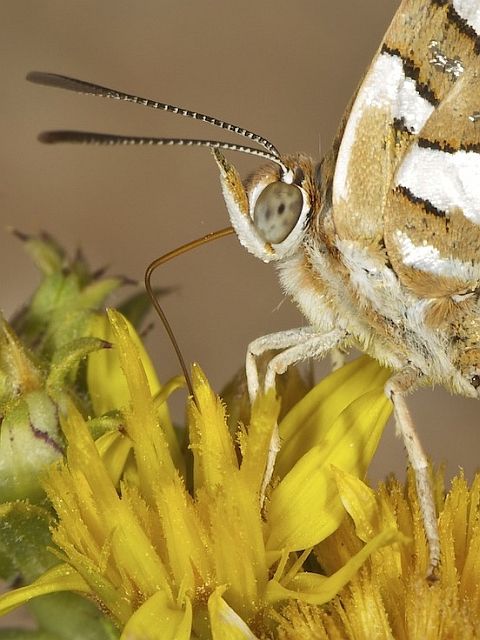
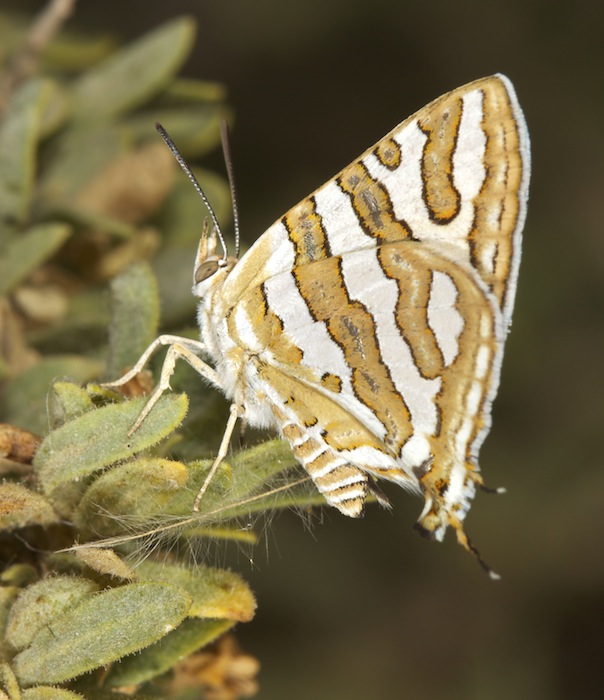
 © BluTuna
© BluTuna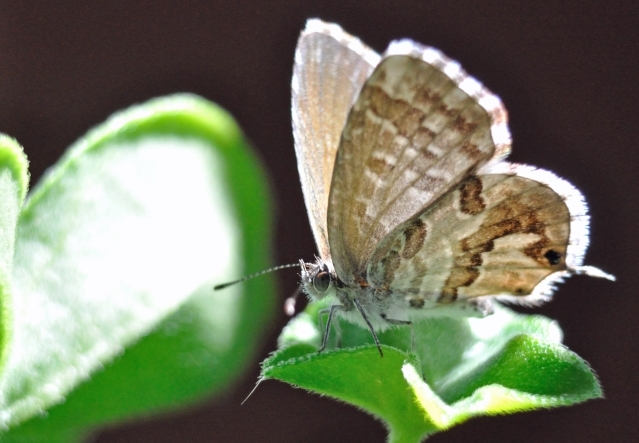 © BluTuna
© BluTuna © steamtrainfan
© steamtrainfan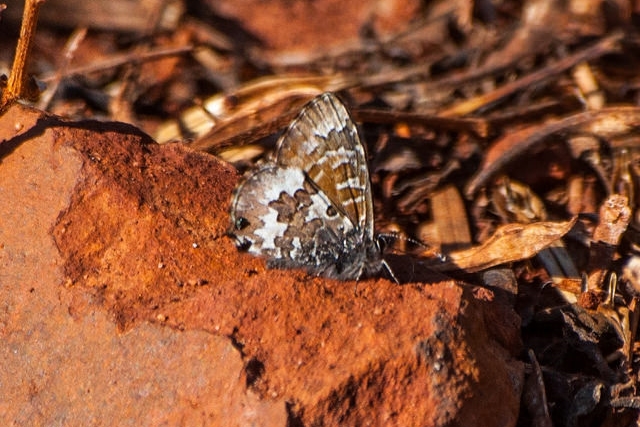 © steamtrainfan
© steamtrainfan